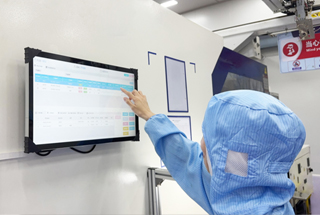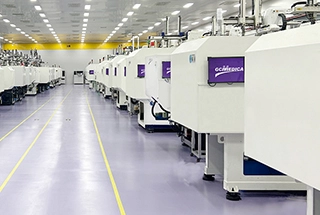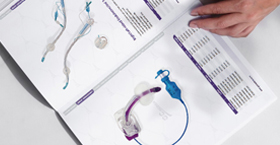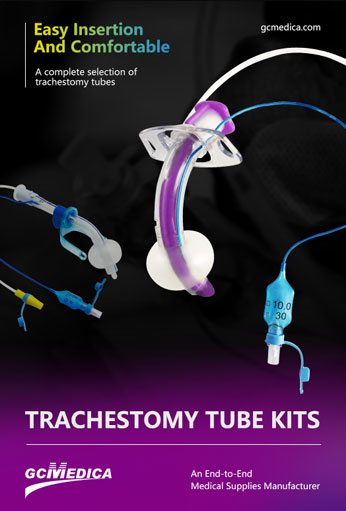Tracheostomy tubes are critical devices used to secure an airway, facilitate mechanical ventilation, and enable airway toileting in patients with prolonged respiratory failure or upper airway obstruction. Modern tracheostomy tubes come in various designs—most commonly single‑lumen and double‑lumen (also called dual‑lumen or inner‑cannula) tubes. Understanding their differences is essential for selecting the appropriate device based on patient needs, institutional resources, and anticipated duration of use.
Single‑lumen tubes are constructed as one continuous hollow shaft that remains in place for the duration of tracheostomy. They are typically made of silicone or polyvinyl chloride (PVC) and may feature an inflatable cuff to seal the trachea, preventing air leak and aspiration. Single‑lumen tubes are relatively simple to insert and require fewer components. Their smooth internal surface minimizes secretion trapping, but any accumulated secretions must be removed by withdrawing the entire tube or passing a suction catheter directly through it. Because the lumen cannot be removed, occlusion from thick secretions necessitates tube exchange or frequent suctioning.
Double‑lumen tubes incorporate an outer cannula that stays in place and a removable inner cannula that snaps into the outer shaft. The inner cannula can be taken out for cleaning or replacement without disturbing the tracheostomy stoma or risking loss of airway access. This design is especially beneficial in settings where secretion burden is high—such as intensive care units or in patients with copious, thick secretions—because the inner lumen can be rapidly cleared and reinserted. Many double‑lumen models also feature low‑pressure, high‑volume cuffs to minimize mucosal injury, and some allow subglottic suction ports for continuous drainage above the cuff.
When choosing between the two, clinicians weigh factors such as secretion volume, risk of tube obstruction, need for cuffed versus uncuffed options, ease of maintenance, and cost. Single‑lumen tubes are often sufficient for stable patients with low secretion loads and where resource constraints limit equipment stock. Double‑lumen tubes, although more expensive upfront, can reduce the frequency of full tube changes, decrease interruptions in ventilation during cleaning, and lower the risk of accidental decannulation. Ultimately, institutional protocols and patient‑specific factors guide the optimal choice.
| Feature | Single‑Lumen Tube | Double‑Lumen Tube |
|---|---|---|
| Cannula Design | One-piece, non‑removable lumen | Outer cannula + removable inner cannula |
| Secretion Management | Suction catheter only; tube change required if occluded | Inner cannula removed and cleaned or swapped without tube removal |
| Maintenance & Cleaning | Entire tube cleared or exchanged | Quick bedside cleaning; minimizes stoma disturbance |
| Risk of Airway Loss | Higher during tube exchange | Lower—outer cannula secures airway while inner cleans |
| Ventilation Interruption | Longer (tube removal/reinsertion) | Minimal (brief inner cannula removal) |
| Cuff Options | Cuffed or uncuffed | Cuffed or uncuffed; many models offer subglottic suction port |
| Cost Considerations | Lower initial cost | Higher initial cost; may reduce overall tube‑change expenses |
| Ideal Patient Scenarios | Low secretion load; short‑term tracheostomy | Heavy secretions; long‑term tracheostomy; ICU patients |
| Potential Disadvantages | Greater risk of occlusion; more frequent tube exchanges | Increased inventory needs; slightly bulkier profile |
By aligning tube selection with individual patient physiology and institutional workflow, healthcare teams can ensure safe airway management, reduce complications, and improve overall patient comfort and outcomes.
| Tracheostomy Tubes > |


 Français
Français Español
Español Products
Products

 About Us
About Us












